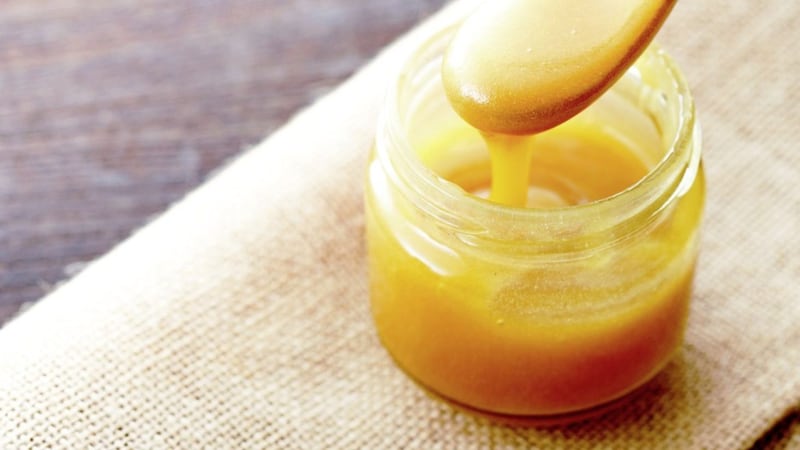ULSTER University experts have helped to develop high-tech honey sandwiches to use in the fight against superbug infections.
A team of scientists and engineers have found a way to put minute amounts of manuka honey between layers of surgical mesh used in operations.
Honey has been used to treat wounds since ancient times as it has antibiotic properties and there have long been health claims made about New Zealand's manuka honey.
Meshes are used to promote soft tissue healing after surgery and are commonly used in operations for hernias. But there is an increased risk of infection as bacteria can get a hold inside the body by forming a 'biofilm' on the mesh.
Secondary infections following surgery are a major cause of hospital readmission, and are treated with antibiotics, but the emergence of superbugs has led researchers to look for alternatives.
The team, led by Dr Piergiorgio Gentile at Newcastle University and Dr Elena Mancuso at Ulster University, sandwiched eight nano-layers of manuka honey, with a negative charge, between eight layers of a positively charged polymer.
They showed it was possible to create an electrostatic nanocoating on the mesh which in the lab inhibits bacteria for up to three weeks as the honey is slowly released. The findings were published in the journal Frontiers.
Most honey has some bacteria-killing properties as it contains chemicals that produce hydrogen peroxide. In 1991 a New Zealand study showed that when hydrogen peroxide is removed from a range of honeys, Manuka – made by bees that forage on the wild manuka tree – was the only type that kept its ability to kill bacteria.







